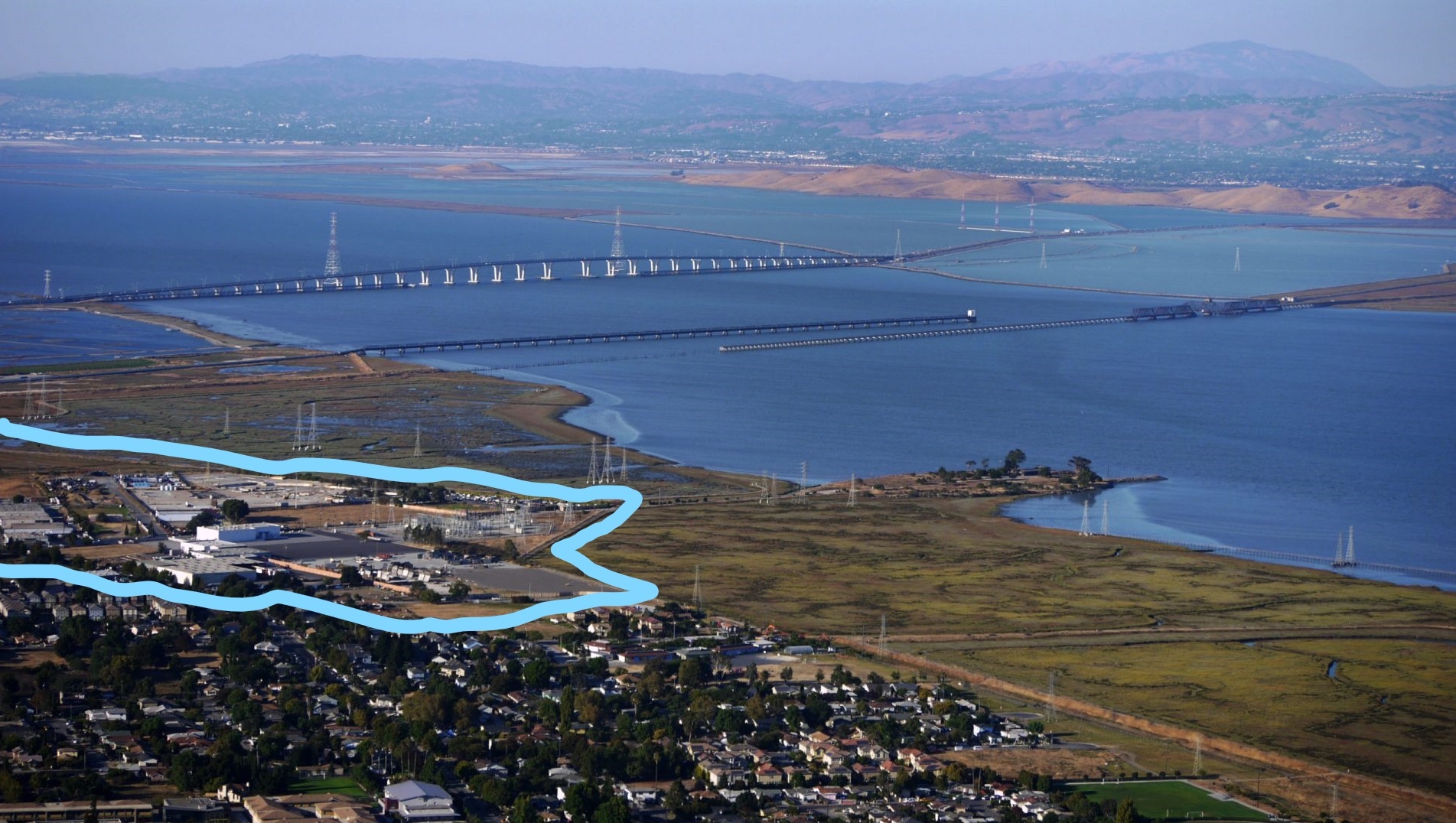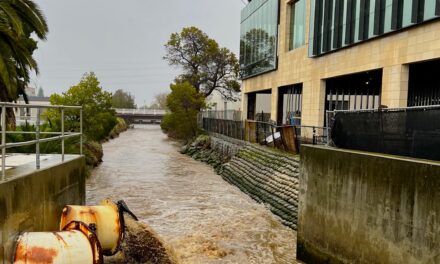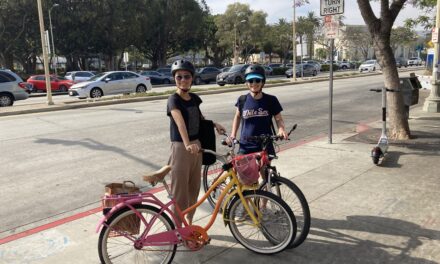East Palo Alto Shows Up to Speak Up
East Palo Alto faces a quintessentially Bay Arean constellation of challenges: escalating housing prices and declining affordability; gentrification associated with the displacement of longtime residents by well-paid tech workers; and a rising bay encroaching upon the densely populated, low-lying city near the foot of the Dumbarton Bridge.
Throw in a proposed new mixed-use development abutting vital marshlands already vulnerable to flooding and the stakes get even higher, says Roxana Franco, programs manager for Nuestra Casa de East Palo Alto. That’s why the nearly 20-year-old nonprofit is now working closely with current and longtime residents, many of them lower-income people of color, to give local context to climate change and sea-level rise, disaster preparedness, and — perhaps most importantly — civic engagement.
Through a 12-week program called the Environmental Justice Parent Academy, Nuestra Casa (“Our House”) is leading in-depth discussions about these and related issues among cohorts of African American, Pacific Islander, Latinx, and youth residents of East Palo Alto. All 85 participants, 75 of whom are parents, receive a stipend for their time and are encouraged to continue their work outside of the group.
“We have facilitators that reflect the community, and they’re also community elders here in East Palo Alto,” Franco says. “We try to make it about building communities and empowering our participants to sit at city council meetings and speak up … We encourage them to show up to these meetings, and they feel more comfortable to be involved or at least show up.”
Four major development projects have been proposed for the end of Bay Road, just south of the Dumbarton Bridge and hugging the edge of the marshes close to sea level.
Other Recent Posts
Assistant Editor Job Announcement
Part time freelance job opening with Bay Area climate resilience magazine.
Training 18 New Community Leaders in a Resilience Hot Spot
A June 7 event minted 18 new community leaders now better-equipped to care for Suisun City and Fairfield through pollution, heat, smoke, and high water.
Mayor Pushes Suisun City To Do Better
Mayor Alma Hernandez has devoted herself to preparing her community for a warming world.
The Path to a Just Transition for Benicia’s Refinery Workers
As Valero prepares to shutter its Benicia oil refinery, 400 jobs hang in the balance. Can California ensure a just transition for fossil fuel workers?
Ecologist Finds Art in Restoring Levees
In Sacramento, an artist-ecologist brings California’s native species to life – through art, and through fish-friendly levee restoration.
New Metrics on Hybrid Gray-Green Levees
UC Santa Cruz research project investigates how horizontal “living levees” can cut flood risk.
Community Editor Job Announcement
Part time freelance job opening with Bay Area climate resilience magazine.
Being Bike-Friendly is Gateway to Climate Advocacy
Four Bay Area cyclists push for better city infrastructure.
Can Colgan Creek Do It All? Santa Rosa Reimagines Flood Control
A restoration project blends old-school flood control with modern green infrastructure. Is this how California can manage runoff from future megastorms?
San Francisco Youth Explore Flood Risk on Home Turf
At the Shoreline Leadership Academy, high school students learn about sea level rise through hands-on tours and community projects.











